 Have you even heard about it? I haven’t from the mainstream media, at least not from CBC. Well, ‘The March’ began on March 1, 2014 in Santa Monica California. Some 200 activists have committed to walking through the desert southwest, then up the Colorado Rockies and across the Great Plains, moving along the south side of the Lake Erie and then, aiming to arrive in Washington D.C. just before the U.S. mid-term elections in November. View the first day of the march.
Have you even heard about it? I haven’t from the mainstream media, at least not from CBC. Well, ‘The March’ began on March 1, 2014 in Santa Monica California. Some 200 activists have committed to walking through the desert southwest, then up the Colorado Rockies and across the Great Plains, moving along the south side of the Lake Erie and then, aiming to arrive in Washington D.C. just before the U.S. mid-term elections in November. View the first day of the march.

The hope is to encourage others to join in, even if only for short distances along the route. One former Green Party candidate, Anita Payne, who currently lives in Perth, Ontario is planning to do just that. http://www.southwesternontario.ca/community/former-green-party-candidate-joining-us-march-on-climate/
Another goal is to re-awaken awareness about our global climate crisis in the towns and communities along the route. To this end, the Rev. Michael Dowd, environmentalist and ‘Evolutionary Evangelist’ and his wife, science writer Connie Barlow, will be assisting. Michael writes that “Connie and I will rarely be walking with the marchers. Rather, we will be speaking in churches, colleges, and other venues along their route. Our role is to rally citizen support to press for changes that will reorient the incentives of American industries and consumers toward a sustainable, green-energy future.”
According to Gallop, Americans have waxed and waned in terms of concern about climate change. Most notably Gallop states that “Politics remain a powerful predictor of Americans' worries about global warming, with more than half of Democrats saying they worry about it a great deal, compared with 29% of independents and 16% of Republicans.” The chart below is interesting. Note that despite the more recent scientific findings concerning global warming, the American public’s concern has just risen to that expressed before 1990!

For more details can be found HERE
Have we Canadians faired any better than our American neighbours? No. In fact the Huffington Post of December 5, 2012 stated that “Canada has the worst climate change policy of all wealthy nations, and the fourth-worst among all nations, says a survey from environmental umbrella group Climate Action Network.”
Just this past Monday, April 5th, following the release of the Intergovernmental Panel On Climate Change Report, http://www.ipcc.ch/ (video) http://www.ipcc.ch/ , Liberal MP Joyce Murray was heckled during Question Period by Conservative MPs when she raised the issue in the House of Commons. I heard about this while watching Peter Mansbridge interview federal Green Party Leader, Elizabeth May. (You can view the interview at http://www.cbc.ca/thenational/mansbridge/ )May’s comment was confirmed by the following Twitter post from Murray, “@joycemurray Apr 5. My #QP question Monday on the #IPCC #climate report – human security! #CPC mocks concerns.”
May also shared with Mansbridge that there is an All Party Climate Change Caucus on Parliament Hill. She believes that the views, of some MPs who come and listen to the information presented, have been changed. They meet in a safe place and behind closed doors. Please see http://news.nationalpost.com/2013/04/27/federal-politicians-use-non-partisan-climate-group-to-meet-in-safe-space-behind-closed-doors/ Why on earth do our politicians need to meet in a ‘safe place’ to discuss something that has been fundamentally determined by so many scientific studies?
Elizabeth May contends that one product of the fossil fuel lobby has been the “invention of doubt”. Mansbridge also asked her if she, at times, despairs about making change. May, very telling replied that “we don’t have any time to despair”. Although I do not always agree with Elizabeth May, on this one I do.
The main website for the Great March for Climate Action is http://www.ipcc.ch/
Ann Steadman, Associate





